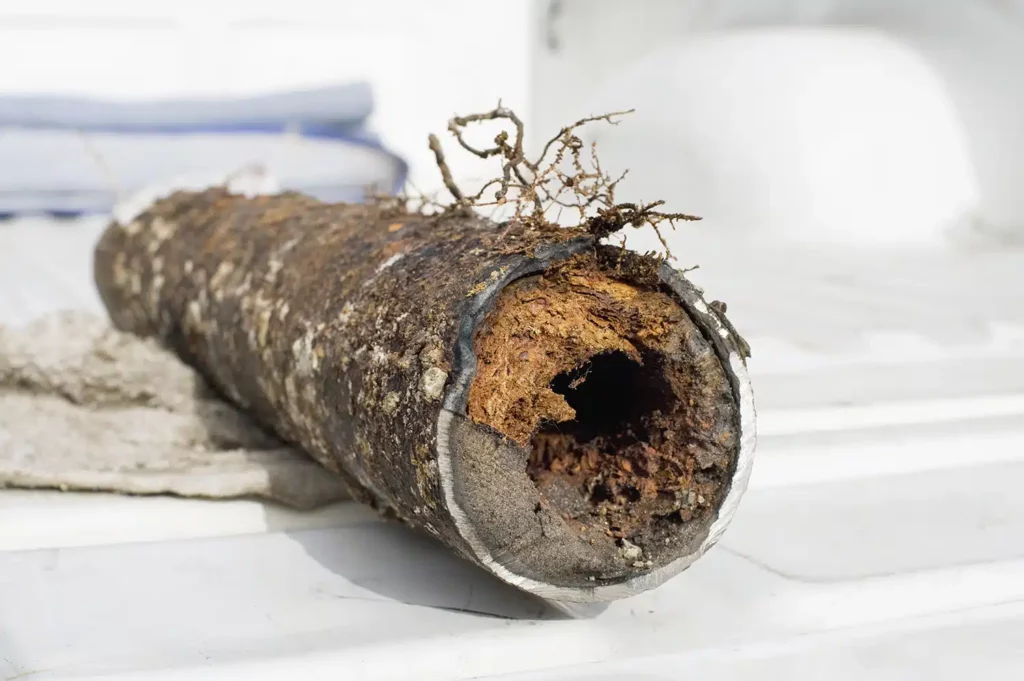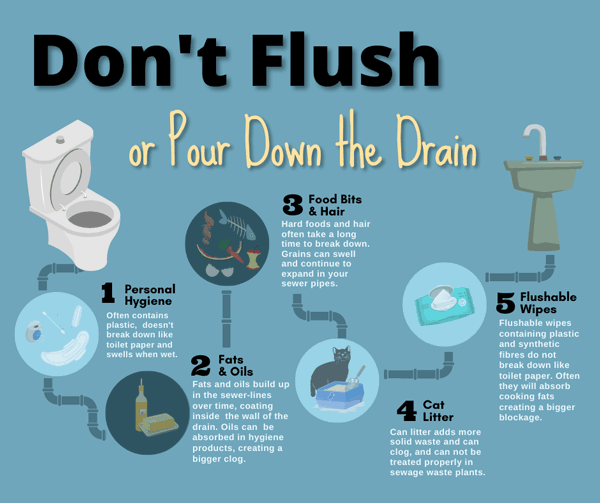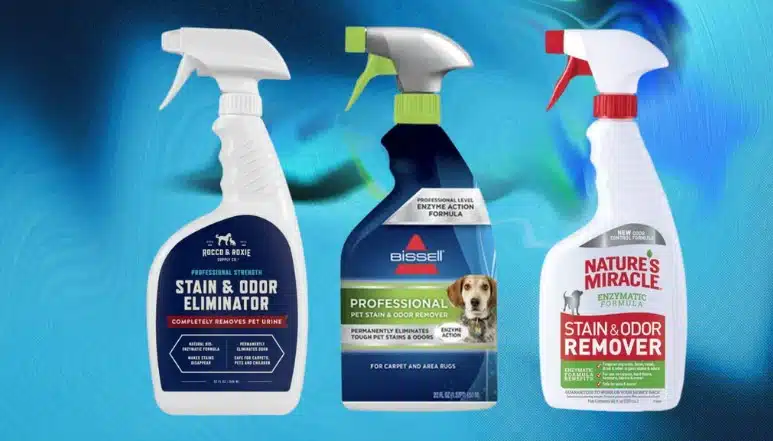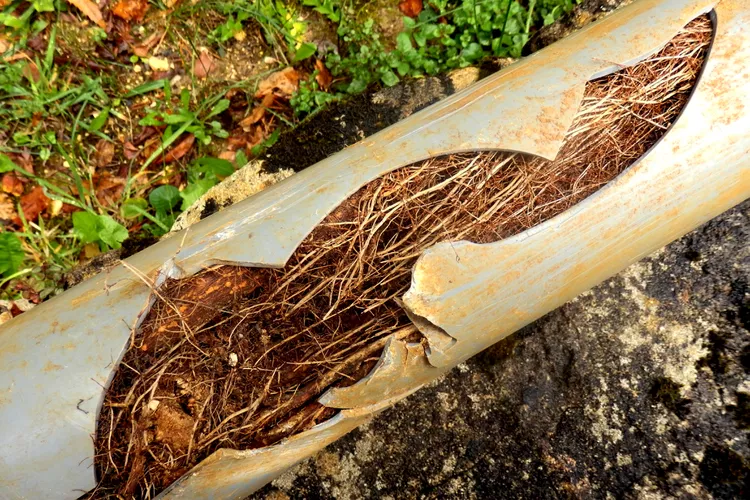Maintaining clean sewer lines is essential for every homeowner. When neglected, clogged sewer lines can lead to expensive repairs, property damage, and potential health hazards. According to industry estimates, sewer line repairs can cost thousands of dollars—an expense that can be largely avoided with proper maintenance.
In this comprehensive guide, we’ll share professional plumbing advice on how to keep your sewer lines clean and functioning properly. These expert tips will help you avoid clogs, prevent backups, and save money on costly emergency repairs.

Before we dive into maintenance tips, it’s important to recognize the warning signs that your sewer line may already need attention:
If you’re experiencing any of these symptoms, it’s time to take action. Let’s look at how you can keep your sewer lines clean and functioning properly.
Your kitchen sink is one of the primary sources of sewer line problems. Even with a garbage disposal, not everything should go down the drain:
Instead, scrape food waste into the trash or compost bin before rinsing dishes in the sink.
FOG (Fats, Oils, and Grease) is the number one cause of residential sewer line blockages. When hot grease cools in your pipes, it solidifies and creates a sticky surface that catches other debris.
Using drain screens in kitchen sinks can catch food particles, preventing them from entering your plumbing system. Clean these screens regularly to maintain proper drainage flow.

The only things that should ever be flushed down your toilet are human waste and toilet paper. Despite marketing claims, many “flushable” products don’t actually break down properly in sewer systems.
Never flush:
Consider switching to one-ply toilet paper, which dissolves much more quickly than thicker, premium brands. This simple change can significantly reduce the risk of toilet paper clogs in your sewer line.
While water conservation is important, extremely low-flow toilets sometimes lack the necessary force to move solid waste effectively through your plumbing system, especially in homes with older sewer lines or those with negative slopes.
If you experience frequent toilet clogs, upgrading to a toilet with a more powerful flush mechanism might solve the problem while still maintaining reasonable water efficiency.
Hair is a major culprit in drain clogs. Install drain screens in showers and tubs to catch hair before it enters your plumbing system. Clean these screens regularly to prevent slow drains.

Biological enzyme cleaners are an excellent preventative maintenance tool that won’t damage your pipes like harsh chemicals.
How to use enzyme cleaners:
Enzymes work by naturally breaking down organic material that builds up in your pipes, including grease, hair, food particles, and soap scum.
This natural cleaning method is safe for all types of pipes and can help remove minor buildups:
This chemical reaction helps loosen greasy buildup and remove odor-causing bacteria.
Regular hot water flushes can help prevent grease buildup in kitchen drains:
Note: Only use this method with metal pipes or newer PVC pipes. Very old plastic pipes might be damaged by boiling water.
For a more thorough cleanse of your entire system:

Tree roots are naturally attracted to the water in sewer lines and can cause serious damage by growing into pipes through small cracks or joints.
Prevention strategies:
Most homes have an outdoor clean-out access point for the main sewer line. Ensure this is:
This access point is crucial for both DIY maintenance and professional service.
While regular DIY maintenance helps, some situations require professional attention:
Professional plumbers offer specialized services that can thoroughly clean your sewer lines:
For optimal sewer line health:
If you live in an older home with clay or lead pipes, consider upgrading to modern materials:
Modern plumbing technology offers several solutions for damaged sewer lines:
Consult with a professional plumber about the best options for your specific situation.
| Frequency | Tasks |
| Monthly Tasks | Run enzyme treatments down drains Clean drain screens Perform hot water flushes on kitchen drain |
| Quarterly Tasks | Complete house-wide preventative flushing Check outdoor clean-out access Inspect visible pipes for leaks |
| Annually | Schedule professional inspection Consider camera inspection if it’s been 2-3 years Professional cleaning if needed |
For preventative maintenance, treat drains monthly with enzymes and schedule professional cleaning annually. Homes with a history of sewer problems or with trees near sewer lines may need more frequent professional service.
Enzyme-based cleaners are safest for regular maintenance. Avoid chemical cleaners containing lye or acid as they can damage pipes and are harmful to the environment. For serious clogs, professional hydro-jetting is most effective.
While difficult to prevent entirely if trees are already established, regular root cutting service, chemical root inhibitors, and installing root barriers can help manage the problem. For new landscaping, avoid planting trees near sewer lines.
Multiple slow drains, gurgling noises, sewage odors, and water backing up in unexpected places (like shower water rising when you flush) are all signs of a main sewer line clog.
Maintaining clean sewer lines doesn’t have to be complicated. By implementing these preventative measures and being mindful of what goes down your drains, you can avoid costly repairs and ensure your plumbing system functions smoothly for years to come.
Remember, the most effective approach combines regular DIY maintenance with periodic professional service. If you’re experiencing persistent sewer line issues or would like to schedule a preventative maintenance check, our expert plumbers are here to help.
Contact us today for a free estimate on sewer line cleaning and maintenance services. A small investment in preventative care now can save you thousands in emergency repairs later.
I bring over 9 years of dedicated plumbing experience to the table. As a seasoned professional in the plumbing industry, I've tackled a wide range of projects, from residential repairs to large-scale commercial installations.